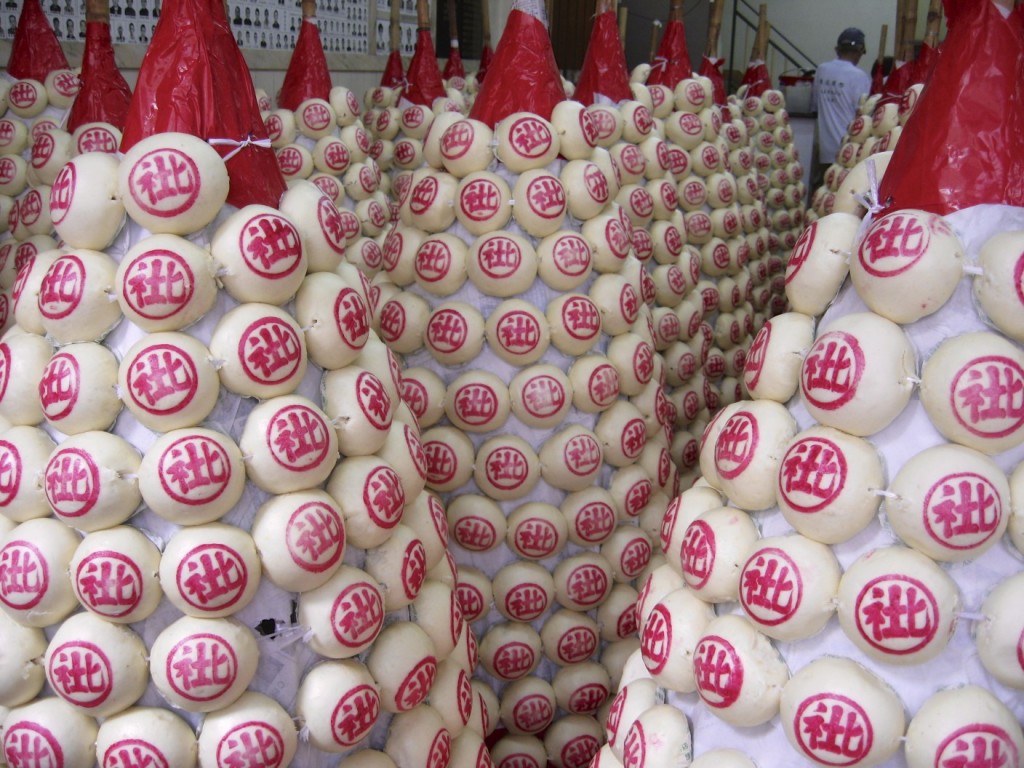Happy Birthday to the Buddha! Not only do we celebrate Buddha’s birthday today, this week is also the time for the annual Cheung Chau Bun Festival!
History & Background of Cheung Chau Bun Festival
The Cheung Chau Bun Festival dates back to Qing Dynasty, more than a century ago. At that time, Cheung Chau was badly affected by a big plague. Hoping to drive evil spirits away, villagers prayed to the gods and performed a parade along the island’s narrow streets, holding the statues of the deities. Miraculously, the plague ended shortly after the parade. Since then, Cheung Chau residents have come together as a strong community to celebrate the Bun Festival every year from the firth to the ninth day of the fourth month of the lunar calendar. The year, it falls on May 19 to May 23.
What’s Bun Got to Do with It?
No Chinese festival would be whole without food. During the week-long festival, everyone on the island of Cheung Chau practices vegetarianism for three days. Even all the great seafood restaurants mostly participate in this ritual and serve primarily vegetarian dishes. Another tradition of the Bun Festival is the making and distribution of “Lucky” white buns. These buns are made primarily out of flour, water and sugar and come in three different flavors including lotus seed paste, red bean and sesame. Printed on the top of the buns are “平安” (ping an), which mean peaceful and safe. These lucky buns are distributed to the villagers and visitors after the festival.
Activities During Cheung Chau Bun Festival
Highlights of the Cheung Chau Bun Festival include the Floating Colors Parade from 2-4pm today and the Bun Scrambling Competition at around midnight tonight. A 14-meter-tall bamboo tower will be set up in front of the Pak Tai Temple on the island covered with nine thousand buns. In the old days, each family living on Cheung Chau Island would send a representative to the competition to bring back health and good fortune. Today, competing scramblers race to the top to snatch the buns with the highest score value and then collect as many other buns as possible within the 3-minute contest. To avoid food waste, plastic imitations buns are used nowadays instead of real ones.
Cheung Chau is not only famous for its seafood but also for their street snacks. If you have a chance to visit the island, spend some time walking in the narrow streets and you can find local stores selling a variety of street snacks such as tennis-ball-sized fishballs and “Put Chai” pudding.
For more information, check out Hong Kong Tourism Board’s website.



